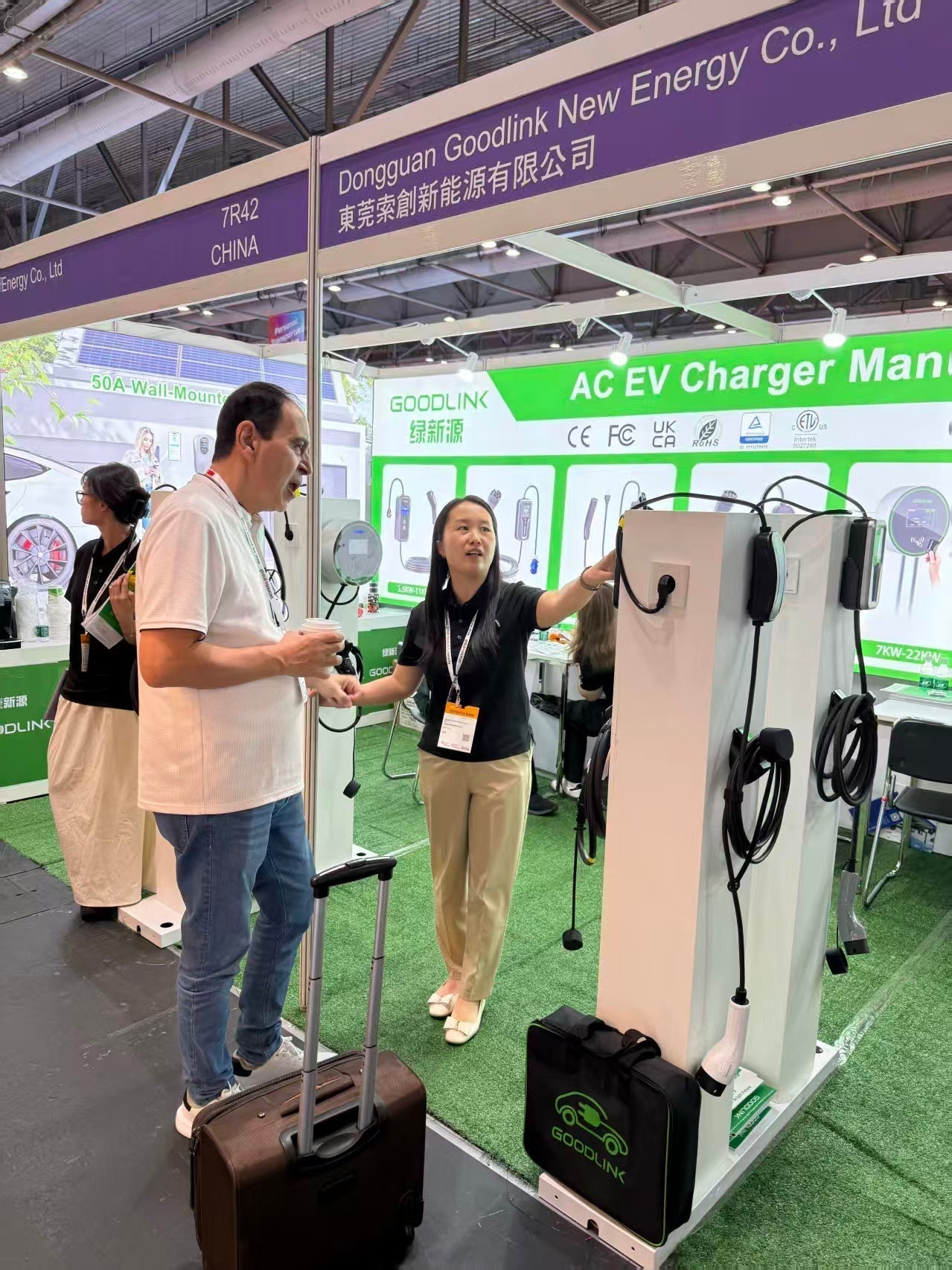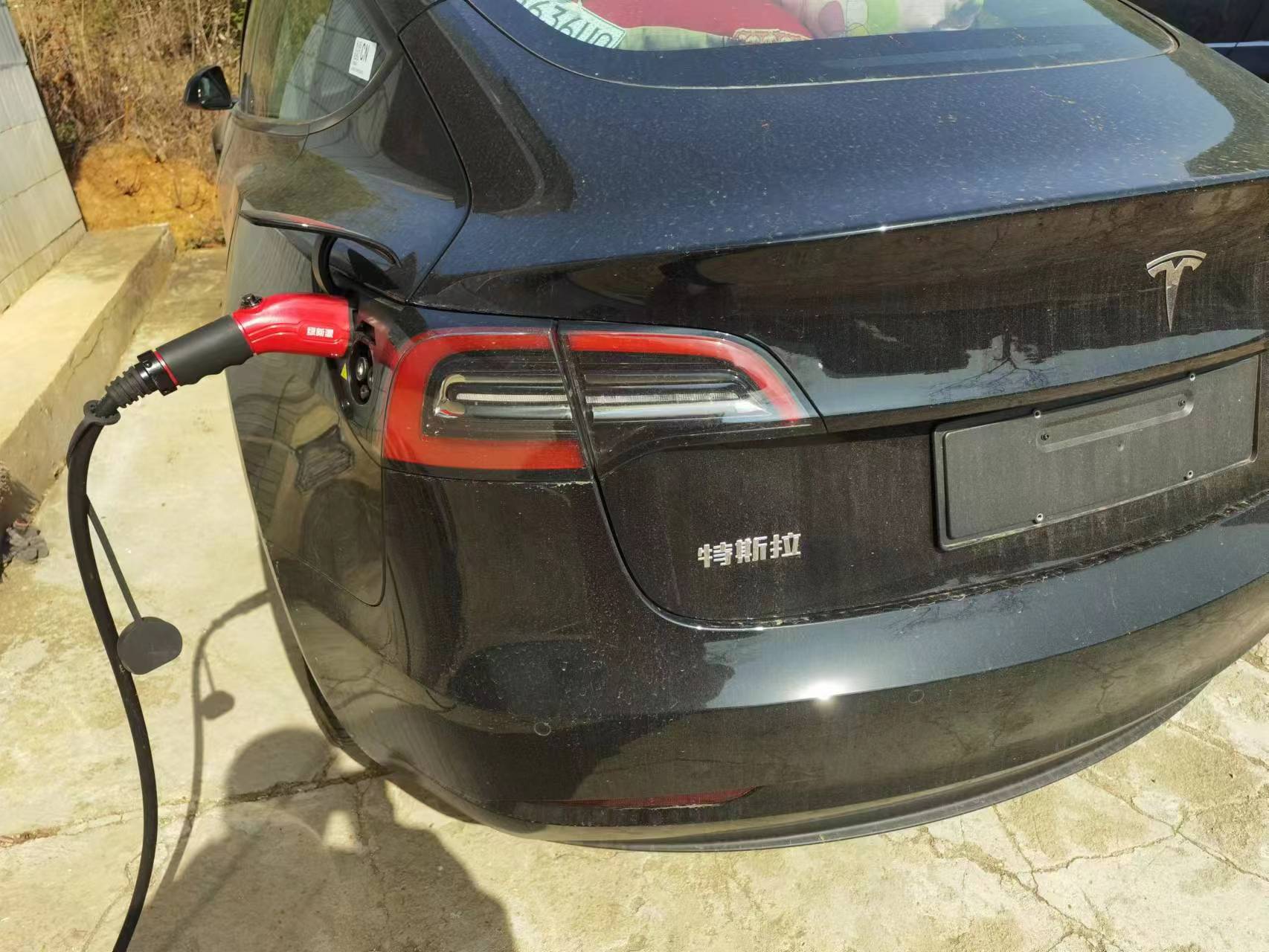Maybe you’re thinking of making the switch to an EV but are still weighing the pros and the cons.
“It’s rechargeable, so I can just plug it to my wall outlet at home,” you say to yourself.
Well, yes and no.
While electric vehicles give you the freedom of “powering up” at home, it’s not as simple as you might think.
Learning the basics of EV charging can get confusing in the beginning. But don’t worry, we put together this handy guide to get you up and running.
Level 1
This is the simplest and the slowest of your three options.
Level 1 chargers are easy to use and tend to be portable. They plug into a basic AC wall outlet, so you don’t have to worry about any expensive installations. You can just simply plug your EV to a standard NEMA 5-15 wall outlet and charge your EV.
The downside however is the slower charging speed when compared with Level 2 and Level 3 chargers. At 120 volts, they can only give you between 3-6 miles of range per hour.
While too slow for some, if you’re someone who has short daily commutes, it can be the most convenient solution, since you can charge your EV overnight and have enough juice for the next day.
Level 2
This is a major upgrade from Level 1 in terms of power and charging speed, making it the most common choice for EV drivers. Level 2 chargers typically plug into a NEMA 14-50 outlet (often called a large appliance outlet or an ‘RV outlet’) If you don’t have a NEMA 14-50 outlet installed already, you’ll likely need to hire an electrician to install one.
Level 2 chargers can handle 240V—twice as powerful as Level 1 chargers. This will give you around 50 miles of range for an hour and usually a full charge overnight.
Level 3
Level 3 DC Chargers are called “fast chargers” for a reason.
That’s because they can handle much higher voltages (400-900V), which can give you up to 20 miles of range in just a minute!
All EVs run on DC power, so instead of having to convert AC power to DC (like charging with a Level 1 or 2 charger) Level 3 chargers fill up your battery with high-voltage DC power straight from the source.
Setting up and maintaining a DC charger is costly (upwards of $50,000), so you’re unlikely to find them in most residential areas. However, Supercharging stations are becoming more common across the country, so they are relatively easy to find in most areas.





Share:
Why Does My Charging Speed Slow Down?
Can You Charge a Tesla in the Rain?